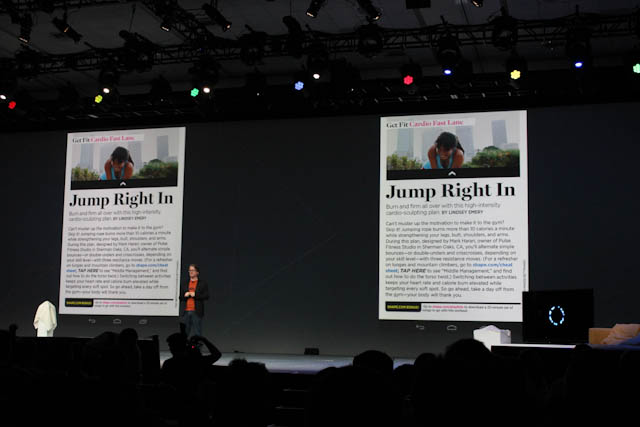
While surfing Reddit I found this image that depicts 100 of the best DOS games of the 90s and it makes me want acquire many of them to relive the nostalgia of my early PC gaming days.
Here is the poster, but you will have to click on it to see the full res version.

I love how the images are sorted on stylized floppy disk templates. I kind of wish this is how the games were presented back in the days instead of on black or beige floppies. It also staggers me that these disks each held 1.4mb. That’s with an “m†there kiddos. Megabytes. While most of these games did come out on multiples disks (and some on Cds too) it puts a lot in perspective when we consider our smart phones are now more powerful than the computers that ran these games.
On this list, the most nostalgic of them for me has to be Betrayal at Krondor. I played the crap out of that game. And the hidden gem Relentless: Twinsen’s Adventure and its sequel Twinsen’s Odyssey took up a lot of my time too.
Day of the Tentacle and Carmageddon were also pretty amazing. And it was Descent that earned the honors of being the first game to actually give me motion sickness with its 3D environments and 6 directions of travel.
Of course there are classics on this list that have franchises even to this day, like Elder Scrolls. However, Duke Nukem was better back then as the new long awaited version sucks.
I recently bought the Jedi Knight collection on Steam, which included the DOS version of Star Wars: Dark Forces from 1995. My monitor now supports six times the resolution that this was intended for, so I had to run it in windowed mode. The game was 72MB, so it downloaded and installed in a snap!
Some great nostalgia here as well as a potential poster for my wall!
from Geeks are Sexy Technology News





